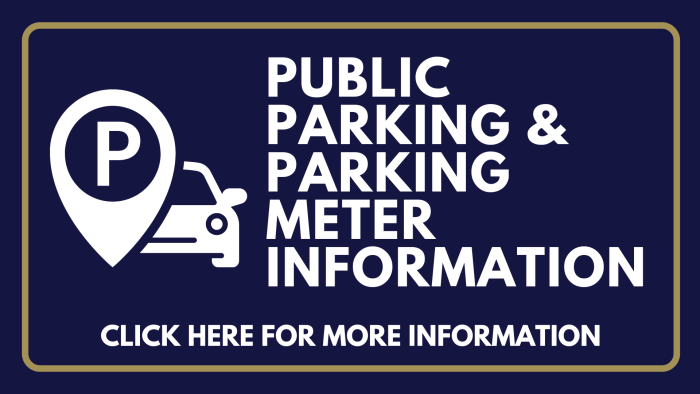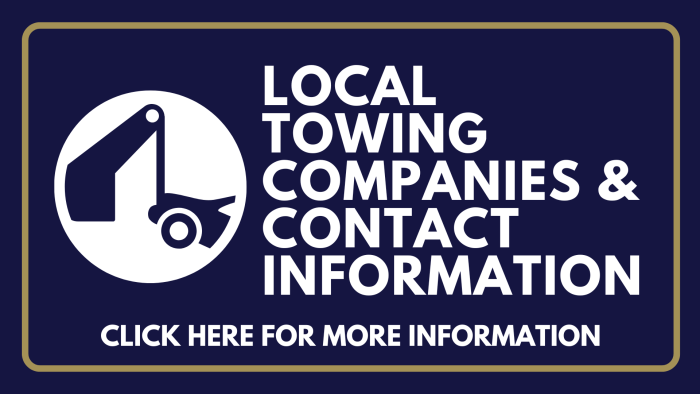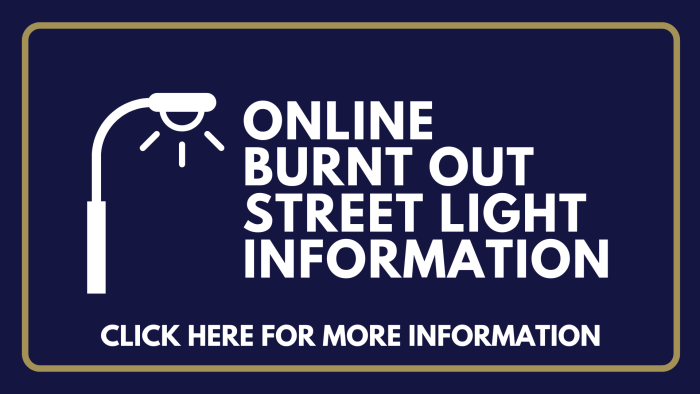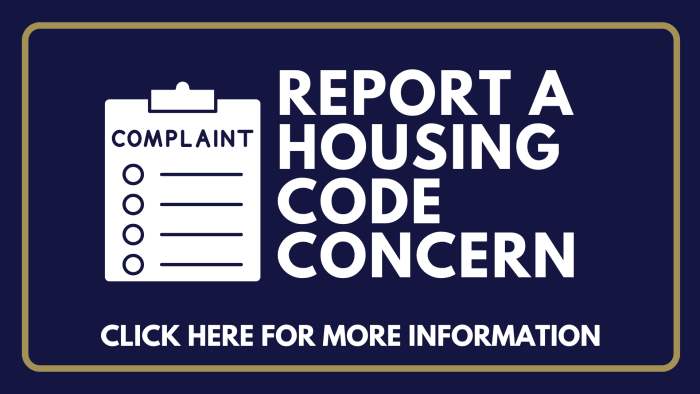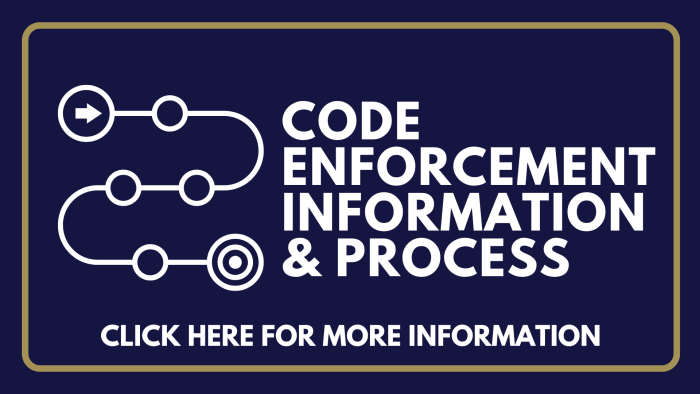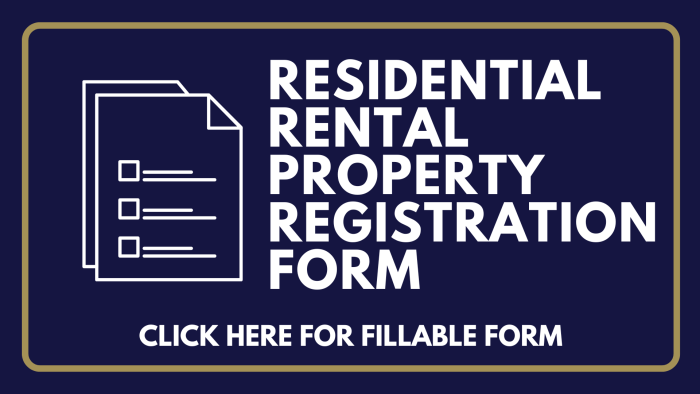What is a Variance?
A Variance refers to a deviation from the set of rules that a municipality applies to land use and land development, typically encompassing zoning ordinances, building codes, or municipal codes.
Types of Variances:
- Use Example – For instance, consider a property zoned as R-1 (Single Family Residential), where the owner intends to establish a Coffee Shop, classified as a Commercial Business. Given that a Coffee Shop operation contradicts the current zoning regulations for the parcel, the property owner would require a variance to proceed with their intended use.
- Area Example – Similarly, imagine a property mandated to maintain a 25-foot setback from the street. If the property owner plans to erect a building encroaching upon this requirement, resulting in a setback of 20 feet instead of the mandated 25 feet, they would need to request a variance to deviate from the stipulated setback regulation.
Conditions Considered for Granting a Variance Request:
Statutes and court decisions in New York State have established guidelines and criteria for Zoning Boards to follow when considering applications for variances. Applicants must address four key factors:
Undo Economic Hardship:
The applicant must demonstrate an inability to achieve a reasonable return on the property, supported by competent financial evidence.
For instance, complying with current zoning regulations might pose an excessive challenge to extract the full value of the property, unless certain variances, such as for a Coffee Shop or a 20-foot setback, are granted. Financial documentation reflecting the economic hardship is strongly encouraged.
Unique Circumstances:
The unnecessary hardship must be specific to the property, not a general characteristic of the neighborhood or community.
For example, if a lot narrows dramatically towards the front yard and side yard setbacks prevent the property owner from building an addition, the hardship arises from the strict application of the ordinance and is unique to the property due to its shape.
Personal circumstances of the applicant cannot be the basis for granting a variance, but they also cannot be the basis for denying one.
Variance, if granted, Will not alter the essential character of the neighborhood:
The proposed variance should not significantly change the fundamental nature of the neighborhood.
Self-Created/Imposed Hardship:
The hardship must not result from actions taken by the applicant or property owner.
For instance, if a property owner knowingly purchases a parcel zoned as R-1 (Single Family Residential) with the intent to open a Coffee Shop, they have created their own hardship by seeking a variance to conduct commercial business.
In addition to these standards, the statutory standard for granting a variance requires that the variance align with the spirit, purpose, and intent of the ordinance, ensuring public safety and achieving substantial justice.
To obtain a use variance, applicants must meet specific requirements outlined in New York State Town Law Section 267-b(2). The Zoning Board of Appeals may grant a use variance if substantial evidence in the record supports the conclusion that applicable zoning regulations have caused unnecessary hardship. The applicant must demonstrate that for every permitted use under the zoning regulations for the particular district where the property is located, unnecessary hardship exists.
How Do I Apply for a Variance?
How & When is my Application Evaluated?
The Jamestown Zoning Board of Appeals (ZBA) convenes on the 1st Wednesday of each month at 5:00 PM.
To be considered for review, applications must be submitted one (1) month prior to the desired review date.
Please Return Completed Form to:
OPEN POSITION
Principal Planner
Municipal Building
200 East Third Street – 4th Floor
Jamestown, New York 14701
📞Phone:
✉️Email:

